SHORTER FICTION FOR YOUNG PEOPLE
& VARIOUS EXPERIMENTAL WORKS OF FICTION FOR ADULTS
SHORTER FICTION FOR YOUNG PEOPLE
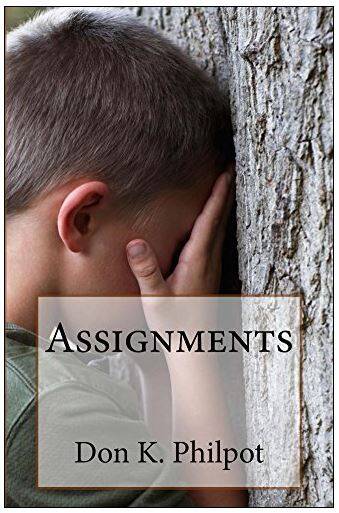
ASSIGNMENTS, A NOVEL
Fifth graders Drue and Nicky are at a crossroads. They were supposed to be in the same class this year but Nicky’s mom changed jobs, and Nicky now lives miles away from Drue and attends a different school. Their friendship is in trouble, not only because they attend different schools but also because of a hurtful rumor Nicky started about Drue before she moved. Fifth grade is giving them trouble as well. The first big projects of the term have been assigned, and they are challenging projects. Somehow Drue and Nicky must put their personal troubles aside and complete their assignments. Drue is not the only member of his family whose life is troubled. His older brother Skye is planning to perform a scene from a Shakespearean play for his ninth-grade English class, dressed as a woman.

THE STAND
No sooner has ten-year-old Leona opened her drink stand on the legislature grounds and started to turn a profit than her grandma, whose idea it was to set up a stand in the first place, is shutting her down. It turns out that such stands aren’t allowed on the legislature grounds. While Leona is packing up, she meets a boy named Teddy with long black hair, dark skin, and rather shabby clothes, who invites her to play a game with a him—or play a game with her, if it turns out that Teddy is a girl. Leona can’t tell. Her game with her new friend Teddy takes her to the four corners of the grounds, then places her centrally among the large crowd of people who have gathered today to mark the violent passing of their loved ones.
At some point in our lives all of us make a stand—stand up for our personal beliefs; stand up against others who seek to disempower us; and stand up for other people in the world who cannot not effectively stand up for themselves and be heard. In the story “The Stand,” ten-year-old Leona learns about injustices in the world and unifying ways to combat them.
VARIOUS EXPERIMENTAL WORKS OF FICTION FOR ADULTS
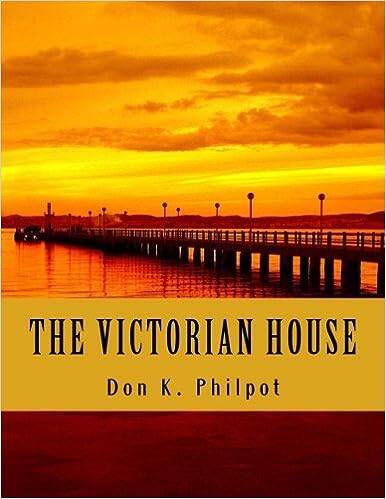
THE VICTORIAN HOUSE
Welcome to Victorian England and the Victorian house. THE VICTORIAN HOUSE Flipping through, with his feet up, the wind in his hair; puffing, he found (near the beginning) the Victorian House: laid it flat and compared it to his own; his own plans. Beginning with the first floor. First floor; second floor. Second floor; attic rooms; attic. His roof far more involved; then locked himself in, the nib of his pen a star in the glass, and set to work.
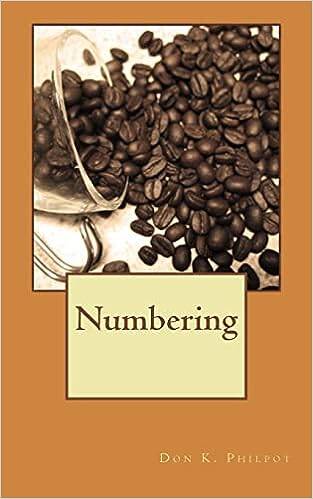
NUMBERING
Henry Mayhew (1812-1887), a London journalist, published an extraordinary account of the people he encountered on the streets of London in the mid-1800s. These accounts were published in three volumes in 1861 all with the title London Labor and the London Poor: A Cyclopaedia Of The Condition And Earnings Of Those That Will Work, Those That Cannot Work, And Those That Will Not Work. Among the street-folk he interviewed and reported on in his three volumes are beggars, tumblers, vagrants, artisans, dustmen, sewer hunters, lumpers, clowns, costermongers, rat-killers, and conjurors. “It is curious,” writes Henry Mayhew in his first volume, “[that] the public has less knowledge [of London street-folk] than of the most distance tribes on the earth—the government population returns not evening numbering them among the inhabitants of the kingdom”—and for this reason surely the literate public will want to read these volumes (Mayhew, 1861: Volume I, iii). In the fictional world of Numbering, a gentleman reporter called Mr. Gray has collected some curious and alarming facts about the folks he has encountered on the streets of London, folks like Geordie, a castaway boy who passes in and out of people’s lives until he finally goes underground; and other folks like Willard and Johnny, who struggle to make a living but gain strength from each other; the Jewish boy Baxter; and Jenny, whose life is dominated by her violent and drunken husband Bulger. In Numbering, fictional folks like these and others gain significance in ways actual street-folk likely did not in their lifetimes, significance only you can ascribe.
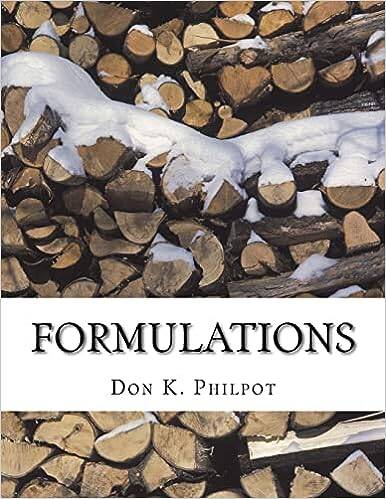
FORMULATIONS
The three stories included in this collection, all experimental works of fiction, were inspired by three transformative experiences I had as a young man in northern and southern Manitoba. The first two stories reflect my experiences living in Cree communities a good distance north of Winnipeg, the capital city, and the third my return to Winnipeg, my home town, after a long absence. I returned to Winnipeg to complete a degree in Native Studies at the University of Manitoba, to learn more about the history of the remarkable people I encountered, lived with, and learned from up north. I became fascinated with the Cree language, storytelling, translation, and story structure; bought my first computer and took a great interest in desktop publishing and graphic design; traveled north at regular intervals to visit members of my adopted Cree family; and started to write. I saw an old man in his yard one time up north piling rocks in the shape of a house, or so it seemed to me. I visited my adopted father at a hotel one time and met his friend named Bear, who sold me a gun and came to my mind whenever I heard about bears being hunted or killed. I came upon a green glass bottle by the Red River one day, out exploring old fields where Metis people lived, and pictured a mouse inside, swirling round and round like the mice we used to find up north stranded and drowned in our slop pails. Considerable time and great care has gone into these three formulations: The Rock House, Killing the Bear, and The Christmas Tureen. I hope these formulations can help you along with your own.
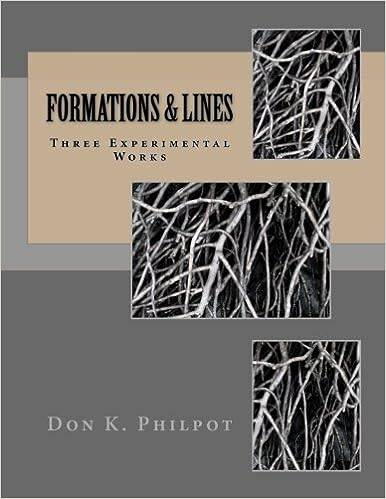
FORMATIONS & LINES
FORMATIONS & LINES Some remarkable children begin to take shape as you read the lines of this text. One is Jedd, who goes his own way one night, disregarding his mother’s directive, and pays the price in the morning, when he has to the face world in a pitiful state. There are the twins, Christian and Christina. Christina spends time in the cemetery across the street from her house where her twin brother is buried, feeding squirrels, chasing butterflies, and visiting her good friend Bea. Finally there is Evy and Ivy, two girls who attend the same school and ride the same bus home every day, but never cross paths close up, until Evy ventures through the woods with her friends and discovers Ivy’s secret place. Formations and Lines is a unique collection stories, all experimental pieces of writing, about children, for adults.
Create Your Own Website With Webador